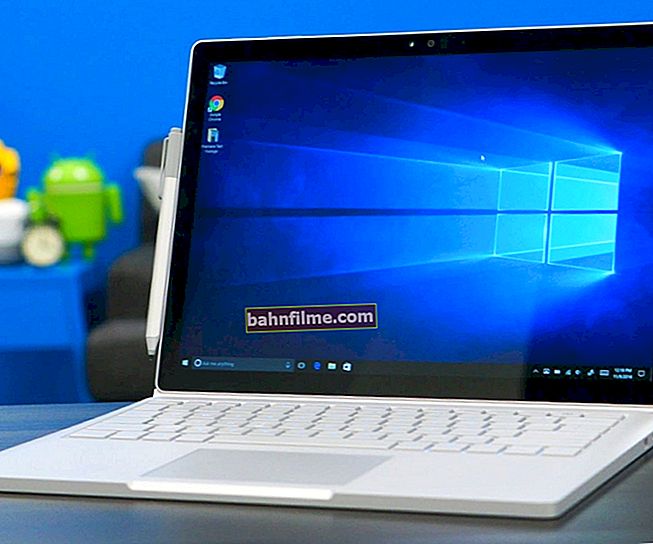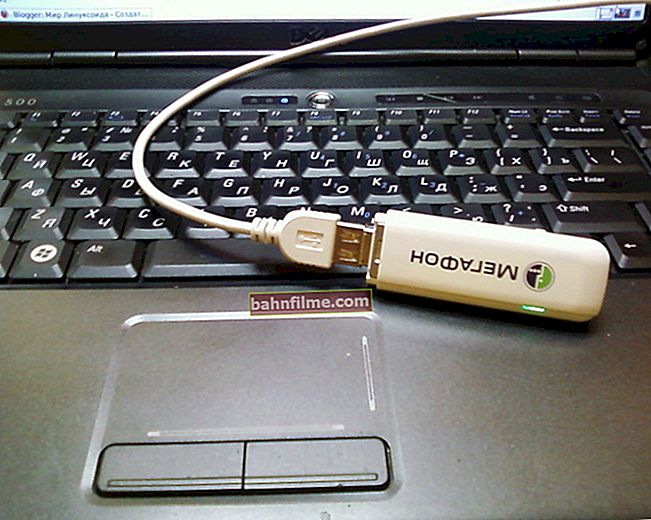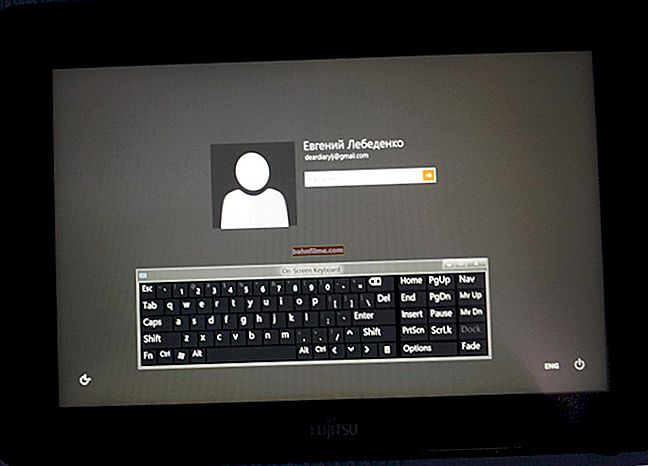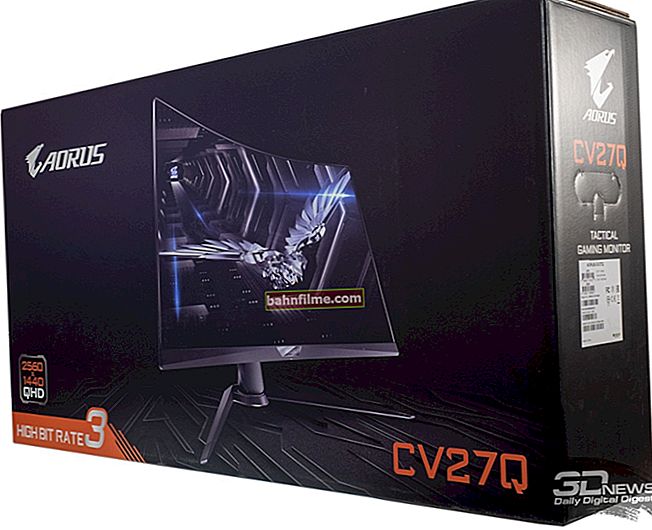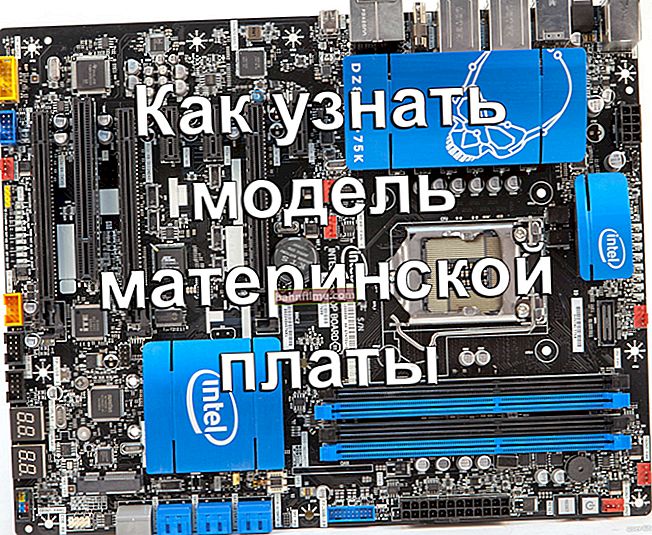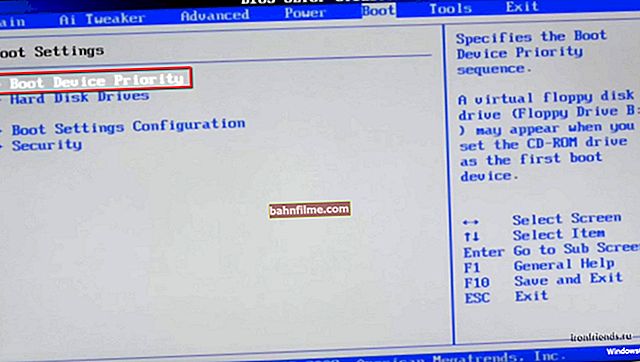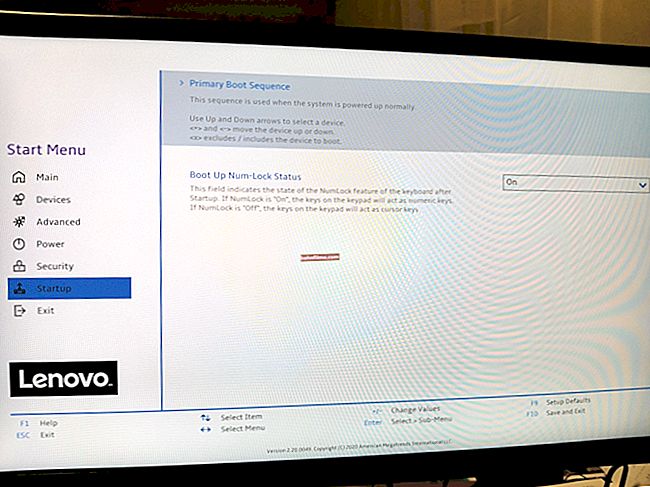
User question
Hello!
We faced one problem: we moved the computer from one bedroom to another and now, when turned on, the message "Power saving mode" appears on the monitor and that's it ... No image is displayed anymore, after a few seconds the screen just turns black (the computer, judging by the coolers, still working).
Tell me what can be done?
Hello.
This inscription (Power saving mode) meansthat the monitor goes into energy saving mode (note: usually, it turns on automatically when the computer is idle).
This happens due to the fact that the video signal is not supplied to the monitor (and this is not always the fault of the video card).
In this note I will try to tell you what you need to pay attention to first of all in order to resolve this issue. 👇
*
What to check if "Power saving mode" appears on the screen
❶
Are the cables intact or broken connectors?
Most often, the monitor goes into power-saving mode due to the fact that the video cable is simply not connected to it (or it is not very tightly inserted into the connector - just try to reconnect it).
By the way, many users, by the way, when rearranging furniture in pauses, simply forget to double-check all these points ...
In addition, also pay attention to the integrity of the cables: there are no twists, kinks, etc. 👇
Advice!
If possible, try connecting the monitor to the system unit using a different interface. For example, it was connected via HDMI - try using Display Port.

Broken USB cable
👉 By the way!
Monitor connectors (VGA, DVI, HDMI, Display Port). What cable and adapter is needed to connect the monitor to a laptop or PC
❷
Setting up the monitor: receiving signal (Input)
Most monitors have support for at least 2-3 interfaces (for example, in my case, these are VGA, HDMI, Display Port).
And because of this "diversity" in some cases the following happens: you connected the monitor to the PC via HDMI, and in the monitor settings, the signal reception is set to VGA mode ...
Those. the monitor waits for a video signal on a completely different interface, and without receiving it, it goes into power-saving mode ...

Monitor Settings - Input
Decision in this case, it's simple: go to the monitor settings (in the Input section) and check if the interface is set correctly (note: auto-mode - it is far from always correctly detecting the signal source, so you need to manually clarify this moment ...).
❸
Checking RAM dies
The next thing I would recommend to do is turn off the computer, open the lid of the system unit and remove all the RAM dies (see the screen below 👇).
By the way, it will also not be superfluous to disconnect all peripheral equipment from the system unit to the maximum: printers, scanners, speakers, mice, keyboards, floppy drives, front USB panels, etc. (leave only the most basic).

RAM dies slots
Next, clean the contacts of the dies with an eraser and a brush. Connect during diagnostics only one bar and try to turn on the PC.
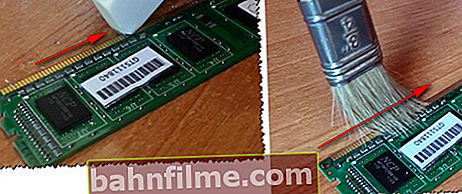
Cleaning memory contacts with an eraser and a brush
If the PC does not turn on, try to rearrange this bar later to another slot and double-check it again (the fact is that very often some slot for RAM or the bar itself starts to "glitch" and because of this the PC simply does not turn on .. .). By the way, especially often, such "problems" with RAM strips are encountered just after carrying the system unit ...
❹
Reset BIOS settings
If the above does not work, try resetting BIOS / UEFI settings. To do this, it is enough to take out a small battery from the special battery for a few minutes. compartment on the motherboard (see photo below 👇).
👉 Help!
How to reset BIOS settings (+ reset password) on laptop and PC.
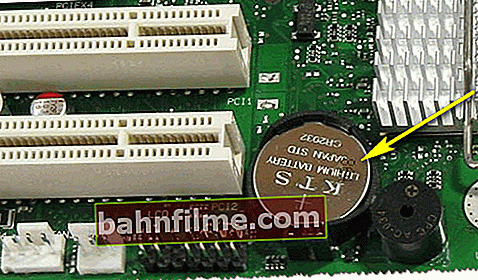
Battery on PC motherboard
❺
Checking the operation of the video card
Well, and the last thing I recommend today is pay attention to the performance of the video card. If it is poorly fixed in the system unit (note: some users do not fix it), then when carrying it, the contacts could come off, and ...
In general, try removing it from your slot and reinstalling it (if you have another video card, it would be highly desirable to test your PC with it).

Installing a graphics card
By the way, it is possible that you have a built-in video card (its presence can be determined by additional video connectors on the motherboard). In this case, try to remove the external video card from the slot and connect the monitor to the built-in ...

There is an integrated video card
👉 By the way
If the monitor does not show any image at all (and the system unit is working, at least you can hear how it makes noise) - I recommend this note ->
If all of the above does not work, it is very likely that there is some kind of hardware malfunction. In any case, it is hardly possible to give step-by-step recommendations for further diagnostics within the framework of this article ...
As one of the tips - use the services of the nearest computer service ...
*
Additions on the topic are welcome ...
Good luck!
👋
